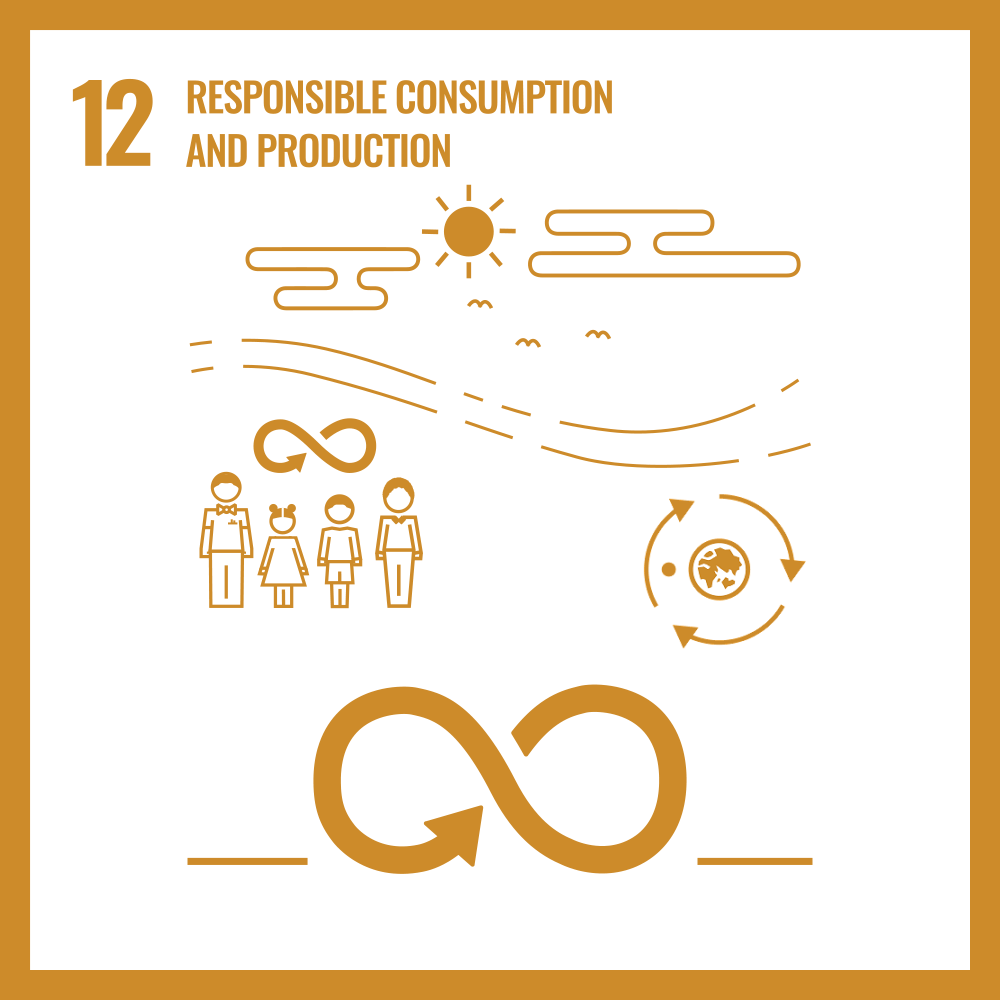When I first saw Apple’s Mother Nature video I found it brilliant. Having written a number of annual reports, I know how time consuming it is, how proud it tends to make you of the organisation you work for – and how frustrating it is to be fully aware that the readership of the report will amount to 2-3 people, at most.
Therefore, I found Apple’s way of using storytelling to illustrate the results of a probably really boring sustainability report, very inspiring. In the video, starring both the Oscar-winning actress Octavia Spencer and Apple’s CEO Tim Cook, Mother Nature herself pays a visit to the Apple high quarters, demanding a status report of their sustainability work.
Greenwashing and marketing
Then I googled the video to find out what people online thought of it. Not everyone is thrilled.
“Some of the strangest greenwashing the corporate world has ever seen”, is one judgment.
“The problem is that everyone knows that buying carbon credits to offset your footprint is mostly just marketing”, is another one, focusing on how Apple intends to reach a carbon-neutral production by 2030 – not just by reducing emissions, but also by “planting forests”.
And even for me, the video loses some of its charm by ending with Mother Nature asking Apple to produce more stuff, leaving me with the feeling of just having watched another product release.

Getting companies on board to reach the SDGs
The countries in the OECD have set a target of setting aside 0,7 percent of GDP to official development assistance – a very small part of total GDP. And most of them don’t even reach it.
Meanwhile, several multinational companies have annual turnovers way outnumbering the GDP of many countries.
So it does not matter how much greenwashing Apple’s Mother Nature video contains, it is clear that no sustainable development will be achieved if private companies, and especially large transnational ones (like Apple) are not on board.
The actions of companies have impacts on many of the goals, such as SDG 8 on decent work and economic growth, SDG 9 on industry and innovation, and SDG 13 on climate action. SDG 12 on responsible consumption and production addresses transnational companies directly, stating that they have to be encouraged to “adopt sustainable practices and to integrate sustainability information into their reporting cycle”.
Are companies on the right track to 2030?
So how is it going so far? Not great, really.
The Sustainable Development Goals report released by the UN in July 2023 notes that people in high-income countries consume 10 times more than those in low-income countries, that the world is “seriously off-track” when it comes to halving food waste, and that fossil fuel subsidies doubled between 2020-2021. The report notes a positive trend in reporting, with a threefold increase of monitored companies publishing a sustainability report between 2016 and 2021. However, it also states that what still remains to be implemented are policies that “decouple economic growth from resource use”, and that ensure “efficient and sustainable management of limited and unequally exploited natural resources by 2030”.
In the same report, UN Secretary General Antonio Guterres calls for improved digital inclusion and stronger digital infrastructure. Especially under SDG 4 on Quality Education and SDG 8 “Decent work and economic growth”, the need for digitalisation is pointed to as a necessary tool.
So here’s a potential dilemma. For children to be able to attend online classes, (SDG 4), adults to be have online bank accounts and access finance (SDG 8) – and for the world to embrace digital solutions that can reduce emissions from travel and fight climate change (SDG 13), the world needs more information and communication technologies.
But key components for this technology, for the rechargeable batteries for smartphones and laptops, to be precise, require cobalt. Cobalt is a metal extracted from the earth’s crust in a mining industry heavily exploitative of both workers and the environment.
This has received a lot of attention. Time and time again, media and civil society organisations warn about the dangerous, extremely unhealthy and underpaid work that is carried out in the mines – often by children.

Making the ICT industry fair
There are efforts from the ICT industry to steer away from harmful means of production.
In 2013, Fairphone was released as an effort to “change the electronics industry from the inside out”, creating a phone with a majority recycled materials, that is easy to repair. Naturally, some of their communications focuses on positioning themselves as an alternative to Apple products.
But in a fact sheet from 2016, the company itself admitted that the phone was still “far from ‘fair’”, and that this is probably an unachievable goal.
In April 2023, Apple announced that by 2025, 100 percent of cobalt in their batteries would be recycled.
There are also efforts from lawmakers to hold companies accountable for unsustainable overseas production. In 2022, the European Commission, after years of advocacy from civil society organizations, published its proposal for a directive on Corporate Sustainability Due Diligence (CSDDD).
The proposed directive includes making companies responsible for environment and human rights in their value chains. But compared to the needs, this is a watered down proposal. For example, by stating that only companies with an annual turnover of at least 40 million euros, and 250 emplyoees, the directive would only apply to 1% of European companies. In the spring of 2023, the parliament adopted its position about the directive, after conservative group EPP tried to block it at the last minute.
In the autumn of 2023, the legislation is being negotiated between the European Parliament, the Commission, and the Council.
Fair ICT4D – a dilemma or not?
The spread of information and communication technologies over the world is uneven. Internet connectivity is steadily increasing globally, but whereas 92 percent of the population in high-income countries have access, only 26 percent of those in low-income countries do.
There’s a gender gap too: 21 percent of women in low-income countries compared to 32 percent of the men are online. And a generational gap: 39 percent of young people in developing countries are using the internet, but only 23 percent of the rest of the population.
95 percent of people in high-income countries own a mobile phone, but only 49 percent of people in low-income countries.

As for Apple, for example, 43 percent of their global revenue in July 2023, occurred in the Americas, 19,2 percent in China, and only 6,9 percent in the category “Rest of Asia Pacific”.
I said that the need for increased spread of ICT posed a dilemma, but does it really? There is in fact a pretty straightforward solution: the global north has to consume less. Apple and other ICT companies need to sell us fewer products, but make them more affordable in the Global South. There need to be laws that hold them accountable.
It’s how to get there that’s the tricky part.
In order to reach the SDGs, we need progressive actors who are prepared to make bold decisions. Shall we put our trust in law-makers or in multinational companies to lead the way? Please share your thoughts!

